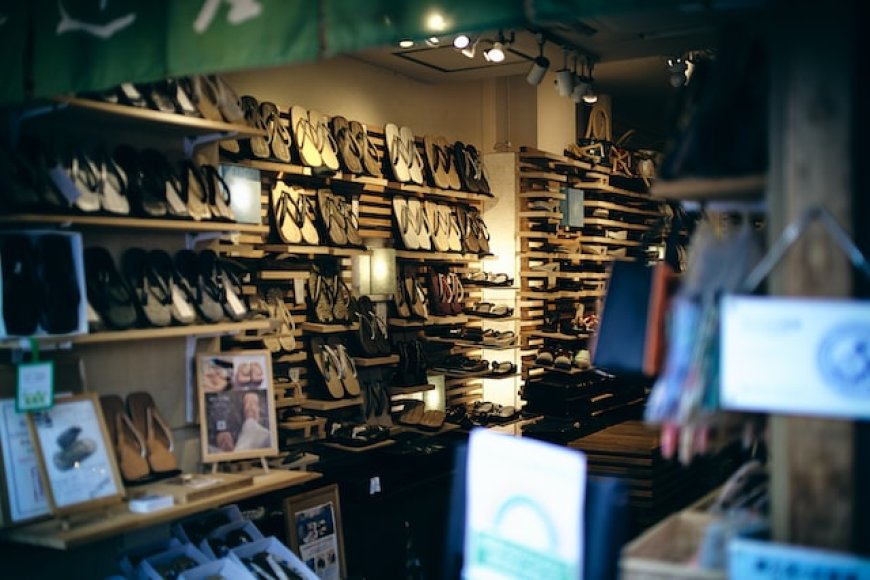Famous Japanese traditional sandals
Join Injavi to learn about the list of traditional sandals of the people of the land of cherry blossoms throughout history.

1. Geta(下駄)
One of the most popular clogs in Japan to this day, they are often paired with the elegant summer kimono or yukata - Geta Wooden Clogs.
Geta is a type of sandals that is a combination of clogs and flip-flops. The traditional materials that make these sandals are wood and canvas, so they are famous for their high durability. Initially, Geta was designed with a very practical purpose, the clogs were made higher than ordinary sandals by attaching more teeth under the soles of the sandals, so the wearer could avoid dirt and rain. and even snow. Since then, starting from the 20th century, Geta wooden clogs have become an essential and indispensable item of every Japanese person. Over the course of time, Geta clogs have since also come in more designs and styles.
One of the most characteristic features of Geta is the clicking sound while moving. The cause lies in the two teeth that are attached to the soles of the sandals. To this day, there are a total of more than 5 types of Genta in common use with a variety of shapes, sizes, designs and colors from classic to modern and luxurious.
2. Zori(草履)
Like Geta, Zori is one of the basic and commonly used sandals in Japan. Zori's shape is very similar to the design of flip-flops from the West. Nowadays, Zori is made of many different materials to serve different uses of users. They can be made from wood, plastic, leather, lacquered wood, nylon fabric, etc. The most traditional types are made of sedge or straw, the same material as tatami mats.
In the past, Zori sandals made of straw were also known as "straw sandals" for working.
Today, with the development of the times, Zori has been designed more elegantly and luxuriously. Slim design, eye-catching colors, soft and smooth velvet material, very suitable for use in important holidays such as weddings or traditional festivals.
3. Okobo(おこぼ)
Also a type of clog, but they are tall and have a one-piece design much larger than Geta - Okobo. This is the type of clogs used by Geisha or Mako girls with Kimono sets to increase the height and beauty of a woman, and also help the outfit not to get dirty during travel or when meeting. bad weather.
Okobo is made of willow tree trunk, about 14cm high, designed with hollow base, so it makes very special sounds when walking. To practice balance in every step on Okobo, the Geisha and Maiko had to practice a lot to be able to walk so well.
4. Tabi/Jikatabi(足袋/地下足袋)
Tabi and Jikatabi have the same distinctive design that separates the thumb and other toes. Tabi, we will be more familiar and know more because they are also known as Tabi socks, which are used to combine with Geta, Zori and Okobo clogs. Tabi is usually characteristic white.
Jikatabi is a type of boot, the design is quite similar to Tabi. The difference is that Jikatabi are usually made of high-strength rubber, mainly dark colors like black or dark blue. Jikatabi first appeared in the 20th century, used mainly by gardeners because they ensure durability and cleanliness.
5. Waraji(草鞋)
Waraji, also known as straw sandals, is a type of sandal with the simplest and most simple design among the 5 traditional sandals that we mentioned above. True to their name, Waraji are made by knitting large straw ropes together in the shape of ordinary sandals.
During the feudal era, Waraji was for lower class samurai known as Ashigaru. In modern times, it is often used by monks. In addition to the structure of the sole, Waraji also has a strap that wraps around the ankle to fix the sandals in movement.
























































































